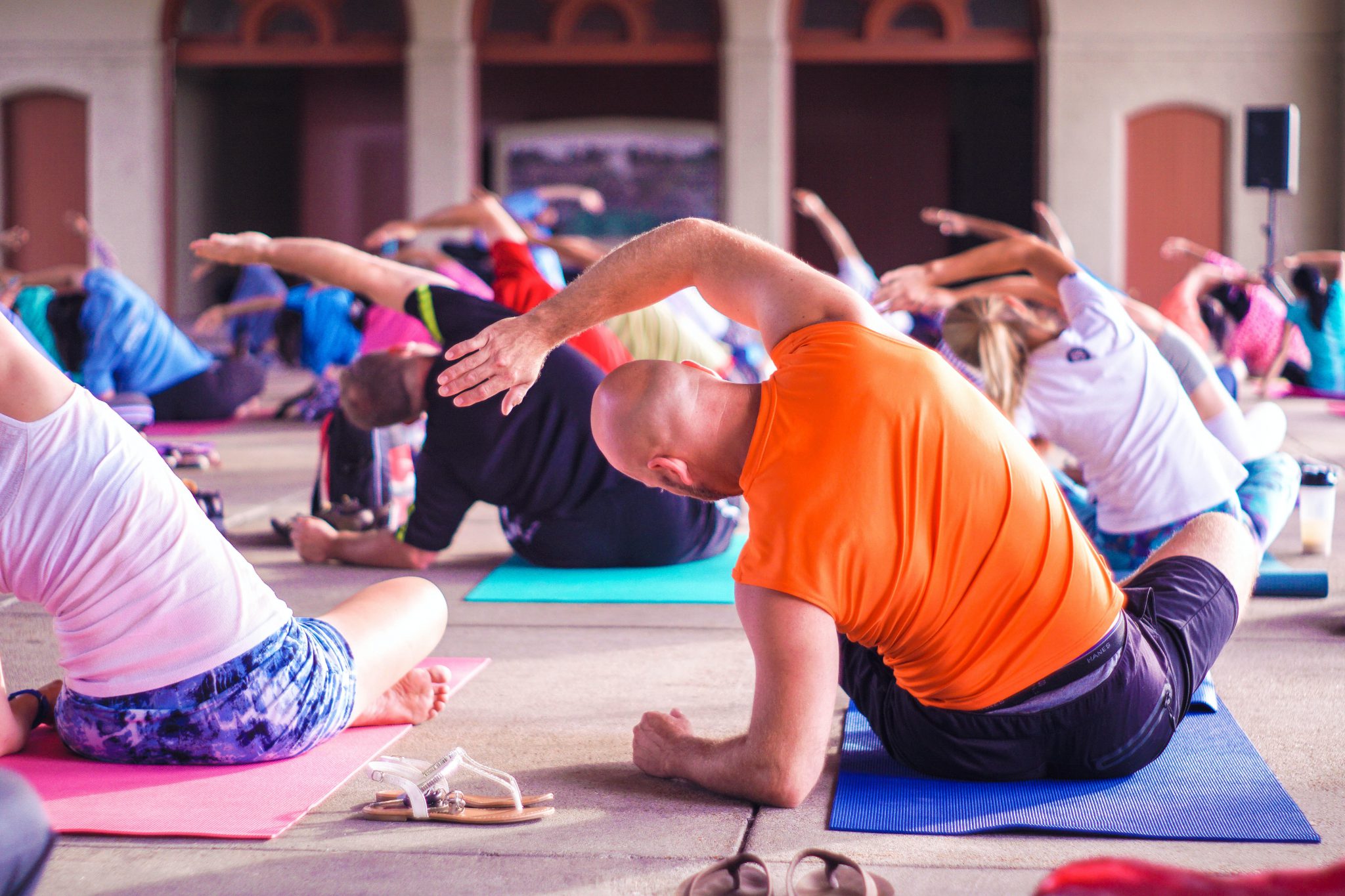Feldenkrais Method – Overview & How It Works
The Feldenkrais Method® is a form of learning about one’s physiological patterns, that uses gentle movement and directed attention to improve movement and functioning. It’s named after its founder, Moshé Feldenkrais, who was an Israeli physicist. He believed that traditional rehabilitation exercises weren’t based on proper body mechanics.
The method was first created to teach himself how to move without pain after a knee injury. He observed that his inability to improve his walking during his rehab was due more to an old movement pattern than the knee itself. He hypothesized that to make a shift in a movement pattern to create new action, he would need to unlearn the old pattern and bring his ‘old image of action’ back to neutral. From here, he became curious.
He replicated the learning explorations of sensing and noticing differences like we did as children to rebuild a new ‘image of action’. Through attention and awareness he learned that curiosity was the key to finding many different optimally organized ways for moving with ease and efficiency.
Dr. Feldenkrais soon realized that learning how to learn how to move was more important than what one was learning. From here, he developed and first taught the Method to 13 students in Israel in the late 60s. Eventually, Moshe Feldenkrais, created two processes to help clarify and maintain personal optimal organization. Group Awareness Through Movement and Individual Functional Integration.

Feldenkrais Method – How it works
In either group lessons that use verbal instruction or one-on-one sessions that are hands-on, clients learn to notice how parts of their bodies – often those they wouldn’t normally focus on– feel, move and fit together using a series of nearly 1,000 movements. The movements are rooted in a basic human function like grasping or turning or looking. The goal of Feldenkrais is to bring people’s awareness into their bodies to integrate the whole self in each and every movement.
Clients are taught to use their natural ability to sense what’s easy, comfortable, and fluid. The process is slow, safe and gentle. It teaches individuals how to find and rely on their own kinesthetic sense; the sense of bodily posture, weight, movement and other physical sensations which results in a more profound connection to the body.
Over time, it’s believed that the specific, easeful movements invite the brain to rewire itself such that patterned movements or positions can be achieved in new and better ways. In effect, students might find that Feldenkrais helps relieve muscle and joint pain, eases anxiety, enhances athletic and artistic performance, deepens sleep, improves balance and coordination, boosts cognitive function, fosters peace of mind and more. Feldenkrais lessons are appreciated for their relaxing nature and injury-prevention benefits.
How it works for trauma healing
Feldenkrais works to calm the nervous system. The nervous system inherently wants to move away from chaos and towards equilibrium. For people who have been traumatized, their baseline level of bracing, tension and protection is really high. It takes a lot of energy to protect ourselves like that. And letting that barrier down is not an option until we feel safe.
The more choice one offers the nervous system, the more likely it is to find a path to rest, calm and safety. The Feldenkrais method offers many new options for ones nervous system to find organic health and healing.

